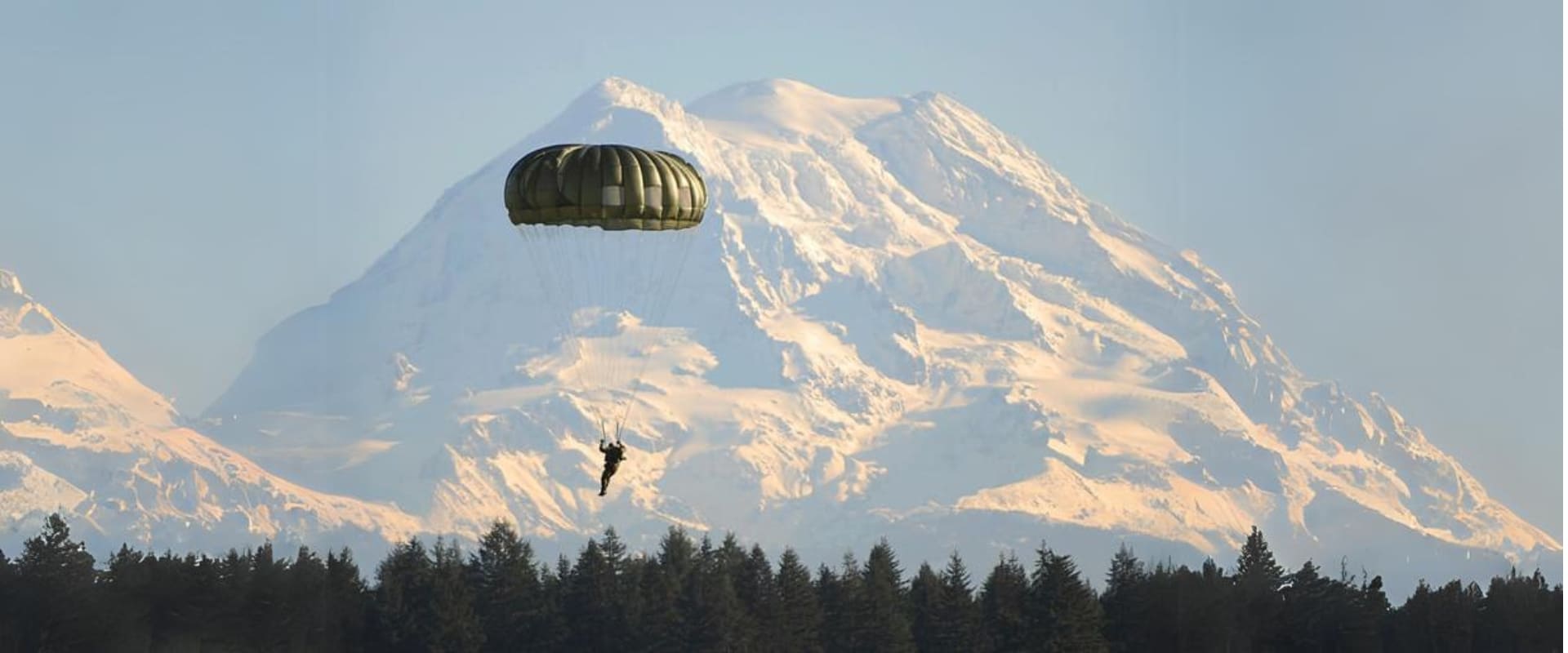Abstract
Modern-day, Military and Civilian operations require a high degree of precession. To meet the demands, in precision bombing and dropping supplies or parachute troops, and to make parachuting safe for untrained passengers, accurate knowledge of Air Permeability characteristics of the parachute fabric is necessary.
Blog
To ensure the safety and accuracy of these operations, it is essential to have a thorough understanding of the air permeability characteristics of parachute fabric. Air permeability plays a crucial role in the performance of parachutes, affecting factors such as the rate of descent, stability, and opening shock. Research and studies have focused on the impact of fabric permeability on parachute performance, with factors such as porosity, fabric structure, and yarn construction influencing air flow through the fabric. Analytical models have been developed to predict the air permeability of parachute fabrics, emphasizing the significance of this characteristic in ensuring the effectiveness and safety of parachute operations.
The air permeability of parachute fabric is vital for designing effective parachutes. It determines the fabric's ability to allow controlled air flow. Parachute fabrics aim for a balance—porous enough for controlled descent but not overly permeable to compromise lift generation and descent speed.
Manufacturers may use different materials and fabric weaves to achieve the desired air permeability for a specific type of parachute. The characteristics of the fabric, such as its thread count, coating, and overall construction, play a role in determining its air permeability. Testing methods, such as the ASTM D737 standard test method for air permeability of textile fabrics, may be employed to measure and evaluate the air permeability of parachute fabric.
The air permeability of parachute fabric is crucial for several reasons:
- Descent Control: Air permeability allows controlled airflow through the fabric, which is essential for regulating the descent speed of the parachute. The right level of permeability ensures that the parachute descends at a controlled rate, providing a safe and predictable landing.
- Stability and Maneuverability: Proper air permeability contributes to the stability and maneuverability of the parachute. If the fabric is too permeable, it may lead to instability and erratic movements during descent. On the other hand, if it's not permeable enough, the parachute may struggle to maintain proper aerodynamic characteristics.
- Lift Generation: Controlled air permeability is important for generating lift, which is necessary for a parachute to slow down the descent of an object or person. The fabric needs to allow enough air to pass through to create lift without compromising stability.
- Deployment Efficiency: During the deployment of the parachute, air needs to quickly fill and pressurize the parachute canopy. The right level of air permeability ensures efficient and rapid deployment, which is crucial for the parachute to open correctly and function as intended.
- Safety: Ultimately, the air permeability of parachute fabric is critical for the safety of the parachute or the payload. It contributes to the overall reliability and performance of the parachute system, ensuring a controlled descent and a safe landing.
The air permeability of parachute fabric is a carefully considered factor in parachute design, influencing the descent characteristics, stability, and safety of the parachute during deployment and landing. Engineers and designers aim to strike a balance that allows for controlled descent without sacrificing stability or safety.



